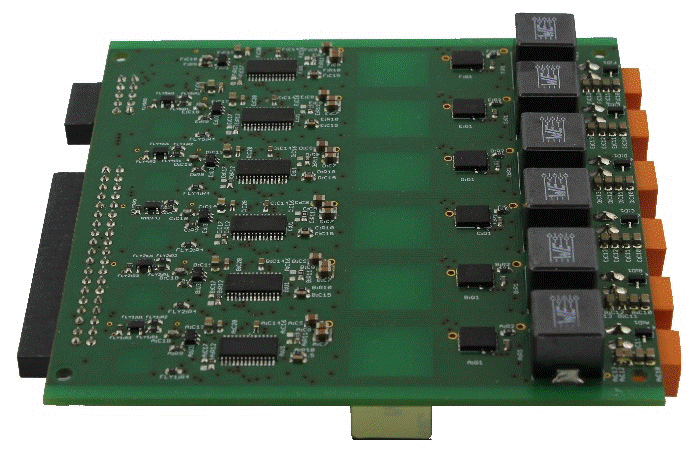Work Package 6: Standardized Architecture
(Updated: March 2020)
OBJECTIVES
- Develop a generic, flexible and open BMS architecture – including BMS hardware platforms, software components, and their interfaces – with the aim to increase reusability of components and to facilitate the seamless integration of hardware and software modules from different suppliers, while meeting safety requirements and accuracy needs of the specific e-mobility applications.
- Specification and practical verification of a prototypical technical standard, which aims to unify and establish engineering criteria, methodologies and best practice for the design, manufacturing, licensing and operation of Battery Management Systems under the consensus of the consortium’s specialists.
PARTNERS: LION Smart (Lead), TUM, RWTH, Voltia
APPROACH
- Design a multi-layered architecture, which consists of lower-level layers that interact with and abstract as far as possible from the specific hardware platform, and higher-level layers that define the diverse BMS functional components together with their respective application program interfaces (APIs). The functional components will in particular include the implementation of safety features, real-time battery state-estimation algorithms, user interaction via graphical user interfaces, and the connectivity of the BMS with external infrastructure such as database servers, cloud services, etc., over communication networks.
- Specify a set of requirements, materials, components, systems, regulations and services that the developed standard will provide related to form factor, cells interconnections capabilities, interfaces for communication, computation and data processing capability, estimation algorithms, APIs, etc.
RESULTS SO FAR
The most significant results to the date of the WP6 can be highlighted as follows:
- D6.3. Closed source hardware design and prototype (demonstrator, confidential, M21): finished well and helped partners to understand the hardware of the BMS. From this stage, BMS had been further developed.
- D6.5. Application Programming Interface (report, public, M36): finished well, and it helps partners and external stakeholders with essential software API in a BMS for high-level applications.
- D6.7. Battery management system standard (report, public, M36): finished well, but with some months delay. Mentioned in detail in subchapter deviations.
- D6.9. BMS demonstrator design (report, confidential, M36): finished well and serves as an input document for WP7.

Design of the slave modules rendered with Altium, developed for deliverable D6.3.

Picture of BMS Master module LCM 1.1


